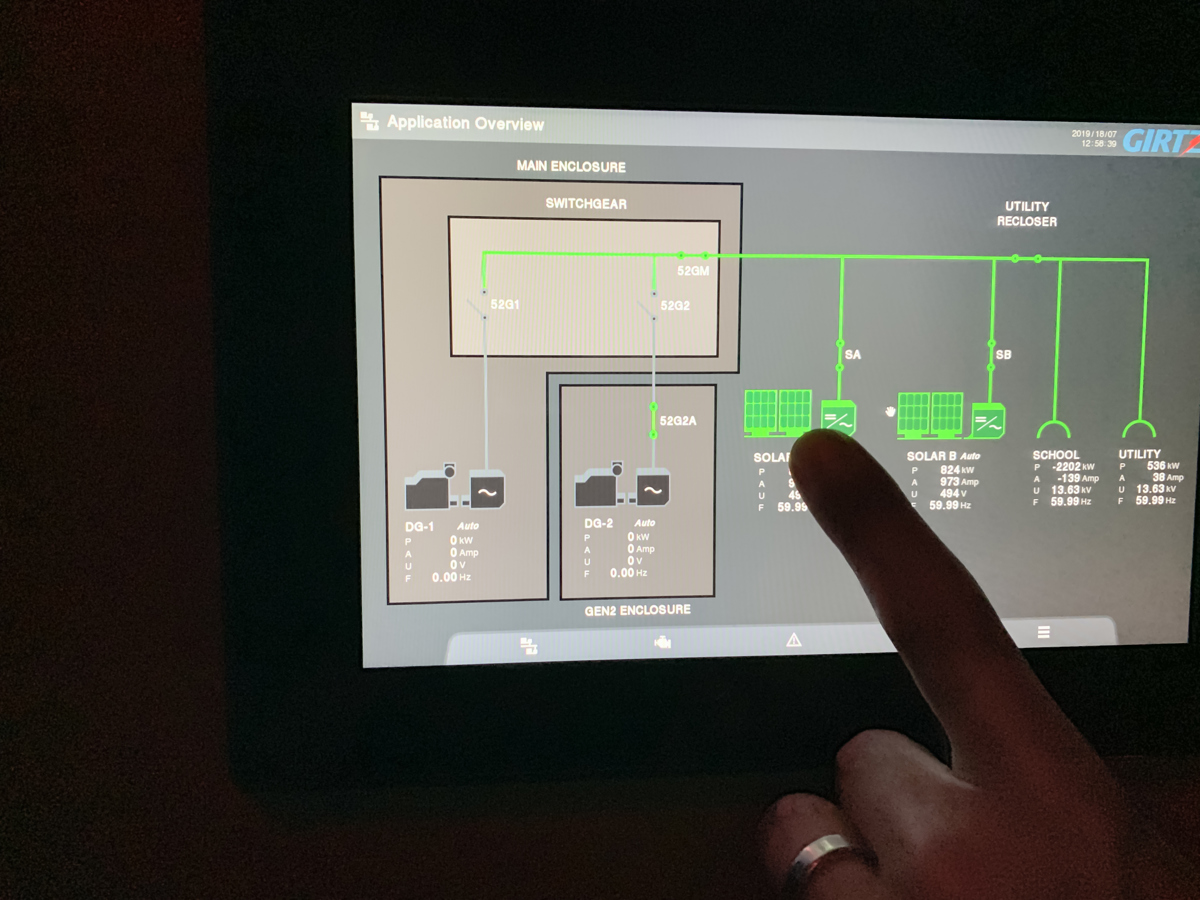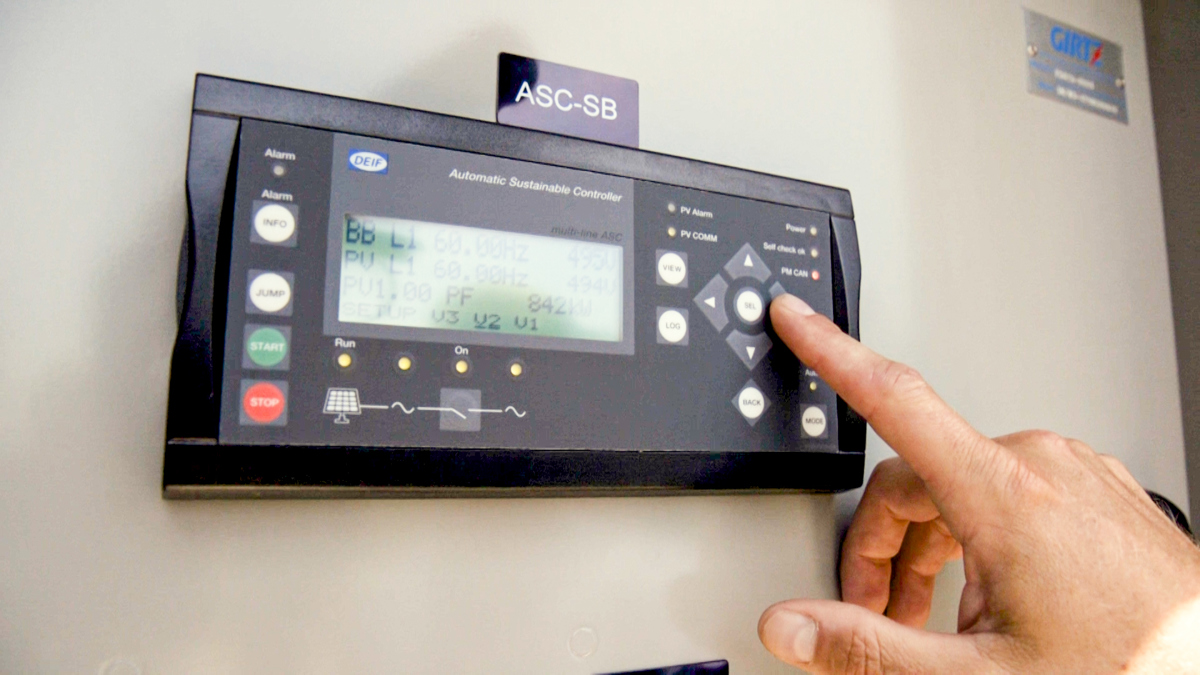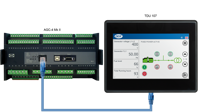Schools hybrid microgrid showcases ease of cutting your electricity
‘DEIF is the brains of the system,’ says the contractor. ‘With DEIF’s help we’ve been able to do strategic management of all these resources.’
School campus with own microgrid
Ben Davis High School in Indianapolis, Indiana, USA, has about 4,500 students in several buildings over 1.2 million square-feet (110,000 m2). The school wanted to save on its electricity bill, so a solar and natural gas generator hybrid system was installed – the first renewable microgrid of its kind in Indiana.
The system consists of a 2 MW solar field, two 750 kW national gas generators, and a connection to the local utility. A peak shaving system controls the school’s power supply. As the demand reaches a certain set-point beyond the solar supply, the system will start the gas generators to take the load. This caps the power from the local utility, explains Brent Beissler, Engineering Manager at Girtz Industries.
“The electric company bills the school based on the peak amount of power used each month,” he says. “If you can reduce that peak power, you can reduce your electric bill significantly.”
The challenge
“Our initial concern was how to manage all of these resources effectively and responsibly to produce the most benefits for the school,” says Arash Habibi-Soureh, Distributed Energy Resources Manager at Johnson Melloh Solutions (JMS), the general contractor.
JMS tasked Girtz with the gensets, switchgear and controls. “At Girtz Industries, our focus is on generator systems. We’re broadening our product scope into renewables,” says Brent Beissler. “At first, we were going to do the interconnection logic and communication ourselves. But as we got into it, we realized it was a big job.
“So we started to investigate systems that would do that logic for us,” he continues. “That’s where I came across the DEIF microgrid system. It allowed my team to focus on other things. Being able to take that communication portion off my plate was a big deal. It was a real benefit to us.”

The solution
A DEIF AGC-4 mains controller monitors the school’s power demand and utility power use from a utility pole a short distance from the solar field, explains Brent Beissler. It communicates to the main controls room onsite via fiber link. There, two DEIF AGC-4 automatic genset controllers manage the peak shaving function. They communicate with an additional two ASC-4 solar hybrid controllers, which monitor the solar arrays.
“All these DEIFs communicate with one another instantaneously to do the peak shaving function,” he says.

“DEIF is the brains of this operation. Without DEIF we would have no way to strategically manage the energy and the demand output that’s being created onsite that could be intelligently used by the school.”
Arash Habibi-Soureh
Distributed Energy Resources Manager | Johnson Melloh Solutions
The outcome
The school hopes to save 70% from its electricity bill with the hybrid renewables system. In its first months of operation, the system is working as planned, says Brent Beissler. “So far, so good.”
“They’re able to leverage money that would have gone to the power utility – instead of resources such as school programs and teachers.
“Our most precious resource is kids – students,” he adds. “Being involved in this project makes me feel good and socially responsible. We’re providing a solution that saves money, energy and the environment. It’s a rare triple win today.









